Home>diy>Building & Construction>What Is A Construction Site
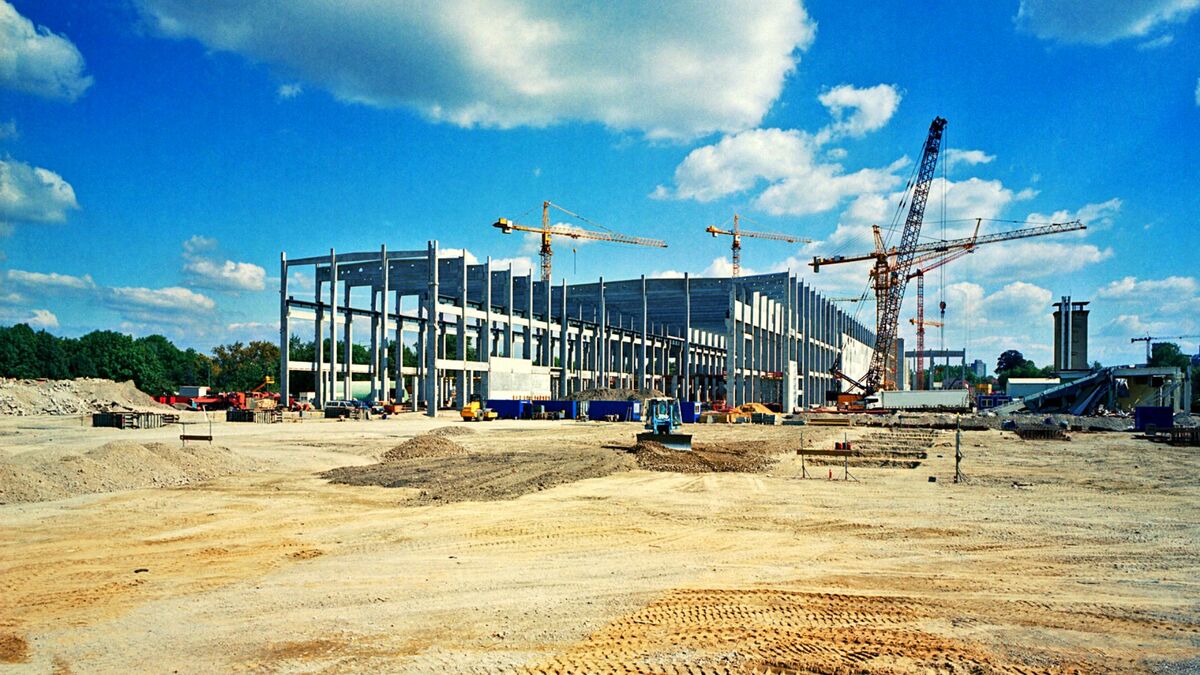

Building & Construction
What Is A Construction Site
Modified: October 20, 2024
Learn what a construction site is and the various activities involved in building construction. Gain insights into the world of construction projects.
(Many of the links in this article redirect to a specific reviewed product. Your purchase of these products through affiliate links helps to generate commission for Storables.com, at no extra cost. Learn more)
Introduction
Welcome to the world of construction sites! These bustling hubs of activity are where dreams are turned into reality, where buildings rise from the ground, and where skilled workers come together to create structures that shape our cities and communities. Construction sites are not just ordinary spaces; they are dynamic and ever-changing environments that require careful planning, coordination, and expertise.
In this article, we will delve into the world of construction sites, exploring their definition, importance, types, components, safety measures, management, organization, and environmental considerations. Whether you are a construction enthusiast or simply curious about the inner workings of these sites, this article will provide you with a comprehensive overview.
So, buckle up and prepare to embark on a journey through the exciting and intricate world of construction sites!
Key Takeaways:
- Construction sites are vital for economic growth, infrastructure development, and community enhancement. They shape the physical landscape of cities and towns, creating opportunities for progress and innovation.
- Effective management, safety measures, and environmental considerations are essential for successful construction site operations. Prioritizing safety, efficiency, and sustainability ensures the creation of lasting, impactful structures.
Read more: What Is A Site Plan In Construction
Definition of a Construction Site
A construction site can be defined as a designated area where construction activities take place. It serves as a temporary workspace for skilled workers, equipment, and materials involved in the construction process. From residential homes and commercial buildings to infrastructure projects like bridges and highways, construction sites play a crucial role in developing the physical environment.
Construction sites can vary in size and complexity depending on the nature of the project. They can range from small residential renovations to large-scale commercial construction projects that span acres of land. Regardless of their size, all construction sites share a common purpose: to facilitate the transformation of designs and plans into tangible structures.
Construction sites are often characterized by their busy and dynamic nature. They are filled with a variety of activities, including excavation, digging, concrete pouring, steel fabrication, electrical installations, and plumbing, to name just a few. These activities require coordination among different teams, such as architects, engineers, contractors, and subcontractors, to ensure smooth progress and timely completion.
While the general concept of a construction site remains the same, it’s important to note that different countries or regions may have specific regulations and guidelines that govern the construction industry. These regulations ensure safety, efficiency, and adherence to environmental standards.
In summary, a construction site is a designated area where various construction activities occur, bringing designs and plans to life. It serves as a temporary workspace that accommodates skilled workers, equipment, and materials, ultimately leading to the creation of new buildings and infrastructure.
Importance of Construction Sites
Construction sites play a vital role in shaping the built environment and contributing to the growth and development of communities. Here are some key reasons why construction sites are of utmost importance:
- Economic Growth: Construction sites fuel economic growth by creating jobs and stimulating local economies. They provide employment opportunities for various skilled workers, such as carpenters, electricians, plumbers, and laborers. Additionally, construction projects generate demand for construction materials, equipment rental, and other related services, which further boosts economic activity.
- Infrastructure Development: Construction sites are the birthplaces of essential infrastructure projects that improve the quality of life for communities. Whether it’s building roads, bridges, schools, hospitals, or water supply systems, construction sites are responsible for creating the necessary infrastructure that supports societal needs.
- Renovation and Revitalization: Construction sites are not limited to new construction; they also play a crucial role in renovating and revitalizing existing structures. Renovations and upgrades breathe new life into old buildings, heritage sites, and public spaces, preserving their historical significance while meeting modern functional requirements.
- Housing and Shelter: Construction sites are where houses and residential buildings are constructed, providing people with safe and comfortable shelter. They address the crucial need for housing, ensuring that individuals and families have homes to live in and communities to thrive in.
- Community Development: Construction sites contribute to the development and improvement of communities. They create spaces for businesses to flourish, such as shopping malls, offices, and recreational facilities, enhancing the overall quality of life and providing opportunities for social interaction.
- Environmental Sustainability: Construction sites have a role to play in promoting sustainable practices. From incorporating energy-efficient technologies in buildings to implementing eco-friendly construction materials and waste management strategies, construction sites can minimize their impact on the environment and contribute to a greener future.
In summary, construction sites are essential for economic growth, infrastructure development, housing, community enhancement, and environmental sustainability. They serve as catalysts for progress, creating job opportunities and shaping the physical landscape of cities and towns.
Types of Construction Sites
Construction sites can encompass a wide range of projects, each with its own unique requirements and challenges. Here are some common types of construction sites:
- Residential Construction Sites: These construction sites involve the building of homes and residential complexes. They can range from single-family houses to multi-story apartment buildings. Residential construction sites typically follow local building regulations and may involve various trades, such as carpentry, plumbing, electrical, and finishing work.
- Commercial Construction Sites: Commercial construction sites involve the construction of buildings for commercial purposes, such as offices, retail spaces, hotels, and restaurants. These sites often require specialized features to accommodate specific businesses and adhere to zoning and occupancy regulations.
- Industrial Construction Sites: Industrial construction sites involve the construction of facilities for manufacturing, distribution, or storage purposes. These sites may include factories, warehouses, power plants, and refineries. They often require heavy-duty infrastructure and specialized equipment to support industrial operations.
- Institutional Construction Sites: Institutional construction sites involve the construction of facilities for public institutions, such as schools, hospitals, government buildings, and religious institutions. These sites have unique requirements to meet the specific needs of the respective institutions, such as classrooms, medical facilities, or worship spaces.
- Infrastructure Construction Sites: Infrastructure construction sites involve the development of essential public infrastructure, including roads, bridges, highways, airports, and railways. These projects require careful planning and coordination with government agencies and transportation authorities to ensure efficient connectivity and transportation networks.
- Renovation and Remodeling Sites: Renovation and remodeling sites involve the refurbishment or modification of existing structures. These sites require a thorough understanding of the original structure, as well as the skill to execute the desired changes while minimizing disruptions to the occupants.
It’s important to note that construction sites can also be classified based on the construction methods employed, such as traditional construction, modular construction, or green building practices. Each type of construction site presents its own set of challenges and considerations, and it is essential to have a qualified team of professionals who specialize in the specific type of construction involved.
In summary, construction sites can vary widely, including residential, commercial, industrial, institutional, infrastructure, and renovation projects. Each type of construction site requires specialized knowledge and expertise to ensure successful completion.
Components of a Construction Site
A construction site is made up of various components that work together to facilitate the construction process. These components include:
- Site Preparation: Before construction can commence, site preparation is necessary. This may involve clearing the land, leveling the ground, and removing any obstacles or debris that may impede construction activities. Site preparation also includes establishing temporary infrastructure such as access roads, fencing, and utilities.
- Temporary Facilities: Construction sites require temporary facilities to facilitate smooth operations. This may include onsite offices, storage areas for materials, restrooms, and break areas for workers. These facilities provide a comfortable and functional workspace for the construction team.
- Materials and Equipment: Construction sites are abundant with various materials and equipment necessary for construction. This includes construction materials like cement, steel, bricks, and lumber, as well as machinery and tools such as cranes, excavators, scaffolding, and power tools. Proper storage and inventory management are crucial to ensure materials and equipment are readily available when needed.
- Workforce: Skilled workers are at the heart of any construction site. They include architects, engineers, project managers, contractors, subcontractors, and various tradespeople such as carpenters, electricians, plumbers, and masons. A well-coordinated and skilled workforce is essential for the successful completion of the construction project.
- Safety Measures: Safety is of utmost importance on construction sites. Safety measures include the implementation of proper signage, personal protective equipment (PPE), safety barriers, and regular safety training for all workers. Safety protocols and inspections help prevent accidents and ensure the well-being of everyone on the site.
- Communication and Documentation: Effective communication and documentation are essential for organizing and managing construction sites. This includes regular project meetings, progress reports, change orders, and construction drawings. Clear communication helps to maintain the project timeline, address issues, and ensure all stakeholders are informed of any updates or changes.
- Utilities: Construction sites require access to various utilities such as electricity, water, and wastewater management. Temporary connections and proper distribution systems need to be established to support construction activities. Additionally, temporary power and lighting are essential for workers to carry out their tasks safely and efficiently.
- Waste Management: Construction sites generate a significant amount of waste, including debris, packaging materials, and unused materials. Implementing proper waste management practices, such as recycling and proper disposal, is important to minimize the environmental impact and ensure a clean and organized work environment.
- Security: Construction sites need to be secure to protect the site, equipment, and materials from theft and vandalism. This may involve installing security cameras, fencing, and gated access points. Proper security measures help safeguard the valuable assets on the construction site.
In summary, the components of a construction site include site preparation, temporary facilities, materials and equipment, workforce, safety measures, communication and documentation, utilities, waste management, and security. Each component is integral to the successful execution of the construction project.
Always wear appropriate personal protective equipment (PPE) such as hard hats, safety glasses, and steel-toed boots when on a construction site to protect yourself from potential hazards.
Read more: What To Wear To A Construction Site
Safety Measures on Construction Sites
Construction sites are inherently dynamic and can pose a range of potential hazards. It is crucial to implement comprehensive safety measures to ensure the well-being of workers and mitigate the risk of accidents. Here are some important safety measures commonly practiced on construction sites:
- Personal Protective Equipment (PPE): Workers on construction sites must wear suitable PPE, including hard hats, safety goggles, high-visibility clothing, gloves, and steel-toed boots. PPE helps protect against head injuries, eye injuries, falls, and other potential hazards.
- Training and Education: Proper training and education are essential for all construction site personnel. This includes safety orientation for new workers, regular safety briefings, and ongoing training on specific hazards and procedures. Training should cover topics such as fall protection, hazard identification, emergency procedures, and proper use of equipment.
- Fall Protection: Falls from heights are a significant hazard on construction sites. Installing guardrails, toe boards, and safety nets can prevent falls, while using harnesses and lanyards can protect workers working at elevated locations.
- Scaffolding and Ladder Safety: Safe use of scaffolding and ladders is crucial to prevent falls and injuries. Inspecting and maintaining scaffolding and ladders regularly, ensuring proper assembly, and providing proper training on their use can help mitigate risks.
- Electrical Safety: Construction sites often involve electrical work, which can be hazardous if not handled properly. Implementing lockout/tagout procedures, using appropriate insulation and grounding, and ensuring workers are trained on electrical safety practices are essential to prevent electrical accidents.
- Tool and Equipment Safety: Proper use and maintenance of tools and equipment are crucial for worker safety. Regular inspections, guarding moving parts, and providing appropriate training on equipment operation and safety protocols are necessary to minimize the risk of accidents.
- Excavation and Trench Safety: Excavations and trenches can collapse, posing a significant risk to workers. Implementing proper shoring, sloping, or shielding techniques, conducting soil inspections, and providing protective systems can ensure the safety of workers involved in excavation activities.
- Fire Prevention and Emergency Preparedness: Construction sites should have fire prevention measures in place, including proper storage and handling of flammable materials, clear access to fire extinguishers, and the presence of proper fire exits. Emergency response plans and regular drills should also be implemented to ensure workers are prepared in case of emergencies.
- Health and Hygiene: Construction sites can expose workers to various occupational hazards, including dust, fumes, and noise. Implementing measures such as proper ventilation, dust control, hearing protection, and access to clean drinking water and sanitation facilities can promote worker health and well-being.
- Regular Inspections and Safety Audits: Conducting regular inspections and safety audits is essential to identify potential hazards, address safety issues promptly, and ensure compliance with safety regulations and standards.
In summary, safety measures on construction sites encompass the use of personal protective equipment, training and education, fall protection, scaffolding and ladder safety, electrical safety, tool and equipment safety, excavation and trench safety, fire prevention and emergency preparedness, health and hygiene, and regular inspections and safety audits. By implementing these measures, construction site managers and workers can create a safer working environment and minimize the risk of accidents or injuries.
Management and Organization of Construction Sites
The management and organization of a construction site are vital for the successful execution of a construction project. Effective management ensures that the project progresses smoothly, adheres to the schedule and budget, and meets the desired quality standards. Here are key aspects of managing and organizing construction sites:
- Project Planning: Proper project planning sets the foundation for a well-managed construction site. This includes defining project objectives, establishing a timeline, creating a detailed work breakdown structure, and allocating resources. A clear plan helps to streamline activities and ensure that the project progresses without delays or disruptions.
- Team Coordination: Construction sites involve various stakeholders, including architects, engineers, contractors, subcontractors, and suppliers. Effective communication, collaboration, and coordination among the team members are essential to align objectives, resolve issues, and meet project requirements. Regular project meetings and clear lines of communication facilitate smooth teamwork.
- Resource Procurement: Sourcing and procuring the necessary resources, such as construction materials, equipment, and skilled labor, is crucial for a construction site. Efficient procurement processes help ensure that the required resources are available when needed, minimizing delays and disruptions to the construction schedule.
- Budgeting and Cost Control: Managing the construction budget is essential for project success. This involves estimating costs, creating a detailed budget, monitoring expenses, and implementing cost control measures. Regular financial analysis helps identify areas where cost savings can be achieved without compromising quality.
- Quality Assurance: Construction sites must meet quality standards to ensure the longevity and safety of the built structures. Quality assurance involves establishing quality control procedures, conducting inspections, and monitoring the workmanship and materials used. Regular quality checks and adherence to industry standards help deliver a high-quality final product.
- Risk Management: Construction sites are exposed to various risks, including safety hazards, weather-related issues, regulatory compliance, and unexpected delays. It’s important to identify potential risks, assess their impact, and develop risk mitigation strategies. Regular site inspections, adherence to safety protocols, and contingency planning help minimize risks and ensure project continuity.
- Document Control: Proper documentation is crucial for construction projects. This includes managing contracts, permits, change orders, construction drawings, and other project-related documents. Establishing a centralized document control system ensures that information is accessible and up to date for all relevant stakeholders.
- Progress Monitoring: Regular monitoring of construction progress is essential to track project milestones, identify bottlenecks, and make necessary adjustments to keep the project on track. This may involve using project management software, conducting site visits, and maintaining clear communication channels with the project team.
- Environmental Considerations: Construction sites have environmental impacts, and it’s important to consider sustainable practices. This includes minimizing waste, adopting eco-friendly construction materials, implementing energy-efficient systems, and adhering to environmental regulations. Sustainable construction practices contribute to long-term environmental preservation.
- Stakeholder Engagement: Engaging with stakeholders, including the local community, government authorities, and neighboring properties, is important to maintain positive relationships and address any concerns or issues that may arise during the construction process. Regular communication and transparency help build trust and ensure smooth project progress.
In summary, effective management and organization of a construction site involve project planning, team coordination, resource procurement, budgeting and cost control, quality assurance, risk management, document control, progress monitoring, environmental considerations, and stakeholder engagement. By implementing these practices, construction projects can be executed efficiently, on time, and within budget.
Environmental Considerations on Construction Sites
Construction sites have the potential to impact the environment through various activities, such as resource consumption, waste generation, and emissions. It is crucial to consider and implement environmentally-friendly practices to minimize these impacts and promote sustainability. Here are some essential environmental considerations on construction sites:
- Waste Management: Construction sites generate a significant amount of waste, including debris, packaging materials, and unused construction materials. Implementing effective waste management practices, such as recycling, reusing materials, and proper disposal, can minimize the environmental impact and conserve natural resources.
- Energy Efficiency: Construction sites can contribute to reducing energy consumption by implementing energy-efficient practices. This includes using energy-efficient equipment and systems, optimizing lighting and HVAC systems, and utilizing renewable energy sources wherever possible. Energy-efficient construction practices help reduce greenhouse gas emissions and decrease the overall environmental footprint.
- Water Conservation: Construction sites can implement water conservation measures to reduce water usage. This includes collecting and reusing rainwater, implementing efficient irrigation systems, and using water-saving fixtures. Water conservation practices help preserve this valuable resource and reduce the strain on local water supplies.
- Ecological Preservation: Construction sites may encroach upon natural habitats and ecosystems. It is crucial to consider ecological preservation by conducting environmental assessments, identifying and protecting sensitive areas, and implementing erosion and sediment control measures. Preserving biodiversity and protecting natural habitats contribute to the long-term sustainability of the surrounding environment.
- Noise and Air Pollution: Construction sites can generate excessive noise and air pollution, impacting both workers and the surrounding community. Employing noise mitigation measures such as sound barriers and scheduling noisy activities during appropriate times helps minimize the disturbance. Additionally, using low-emission equipment and vehicles and controlling dust emissions from construction activities helps reduce air pollution.
- Green Building Practices: Implementing green building practices involves using sustainable construction materials, such as recycled or locally sourced materials, and incorporating energy-efficient designs and technologies. Green building certifications, such as LEED (Leadership in Energy and Environmental Design), promote environmentally-friendly construction practices that minimize environmental impact and improve the overall performance of the built structure.
- Community Engagement: Engaging with the local community is important to address any concerns or issues related to the construction site’s environmental impact. This includes conducting public consultations, providing regular updates, and implementing measures to minimize disruptions and environmental effects on the surrounding community.
- Compliance with Environmental Regulations: Construction sites must adhere to local environmental regulations and standards. This includes obtaining the necessary permits, monitoring and reporting environmental impacts, and implementing mitigation measures as required. Compliance ensures that construction activities are conducted in an environmentally responsible manner.
In summary, environmental considerations on construction sites encompass waste management, energy efficiency, water conservation, ecological preservation, noise and air pollution control, green building practices, community engagement, and compliance with environmental regulations. By integrating these considerations into construction practices, we can minimize the environmental impact of construction activities and promote a sustainable future for our built environment.
Conclusion
Construction sites are vibrant and dynamic spaces where dreams are turned into reality. They are the birthplaces of buildings, infrastructure, and progress. Throughout this article, we have explored the various aspects of construction sites, including their definition, importance, types, components, safety measures, management, organization, and environmental considerations.
Construction sites are integral to economic growth, providing employment opportunities and stimulating local economies. They play a vital role in developing essential infrastructure, creating homes, and enhancing the overall quality of life in communities. From residential and commercial projects to industrial facilities and infrastructure development, construction sites shape the physical landscape of our cities and towns.
Managing and organizing construction sites is crucial for their successful execution. Effective planning, team coordination, resource management, and risk mitigation are vital to ensure projects progress smoothly and meet quality standards. Implementing safety measures and environmental considerations is essential to protect the well-being of workers and minimize the environmental impact of construction activities.
Construction sites present various challenges and opportunities, requiring skilled professionals across multiple disciplines to come together and create something remarkable. By embracing innovation, sustainable practices, and community engagement, construction sites can contribute to a better future for both people and the planet.
As the world of construction continues to evolve, it is essential to prioritize safety, efficiency, and sustainability on construction sites. By doing so, we can build structures that stand the test of time while minimizing our impact on the environment.
So, whether you are mesmerized by the complexity of a construction site or fascinated by the transformative power of construction, the world of construction sites will continue to shape our cities, our communities, and our future.
Frequently Asked Questions about What Is A Construction Site
Was this page helpful?
At Storables.com, we guarantee accurate and reliable information. Our content, validated by Expert Board Contributors, is crafted following stringent Editorial Policies. We're committed to providing you with well-researched, expert-backed insights for all your informational needs.
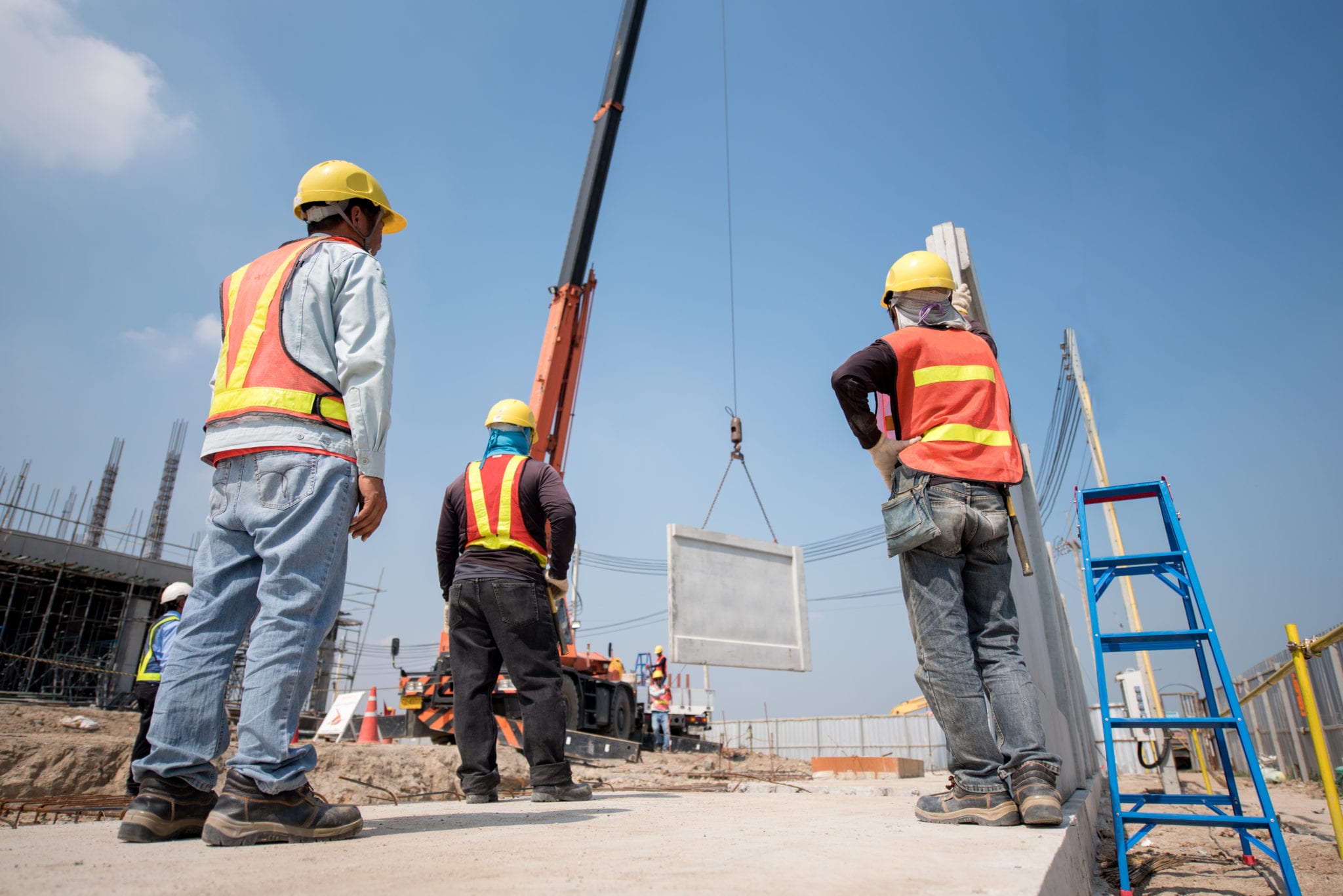
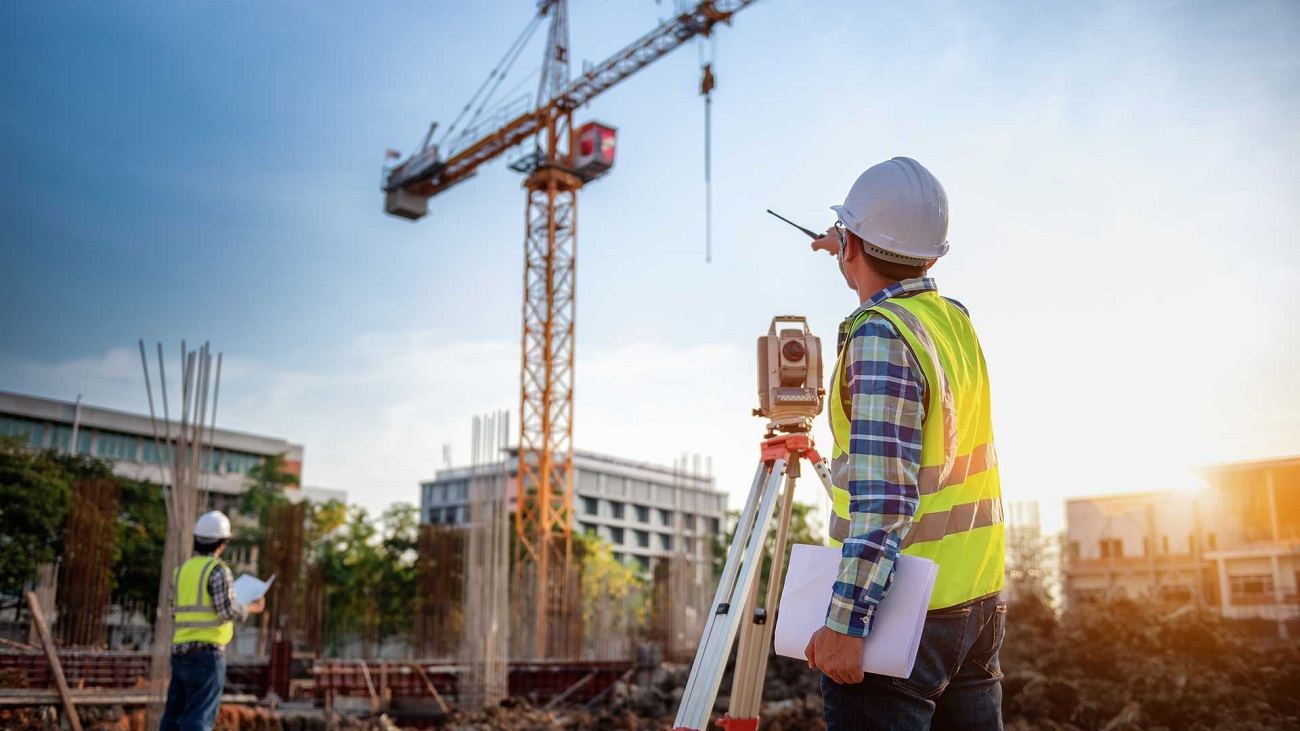
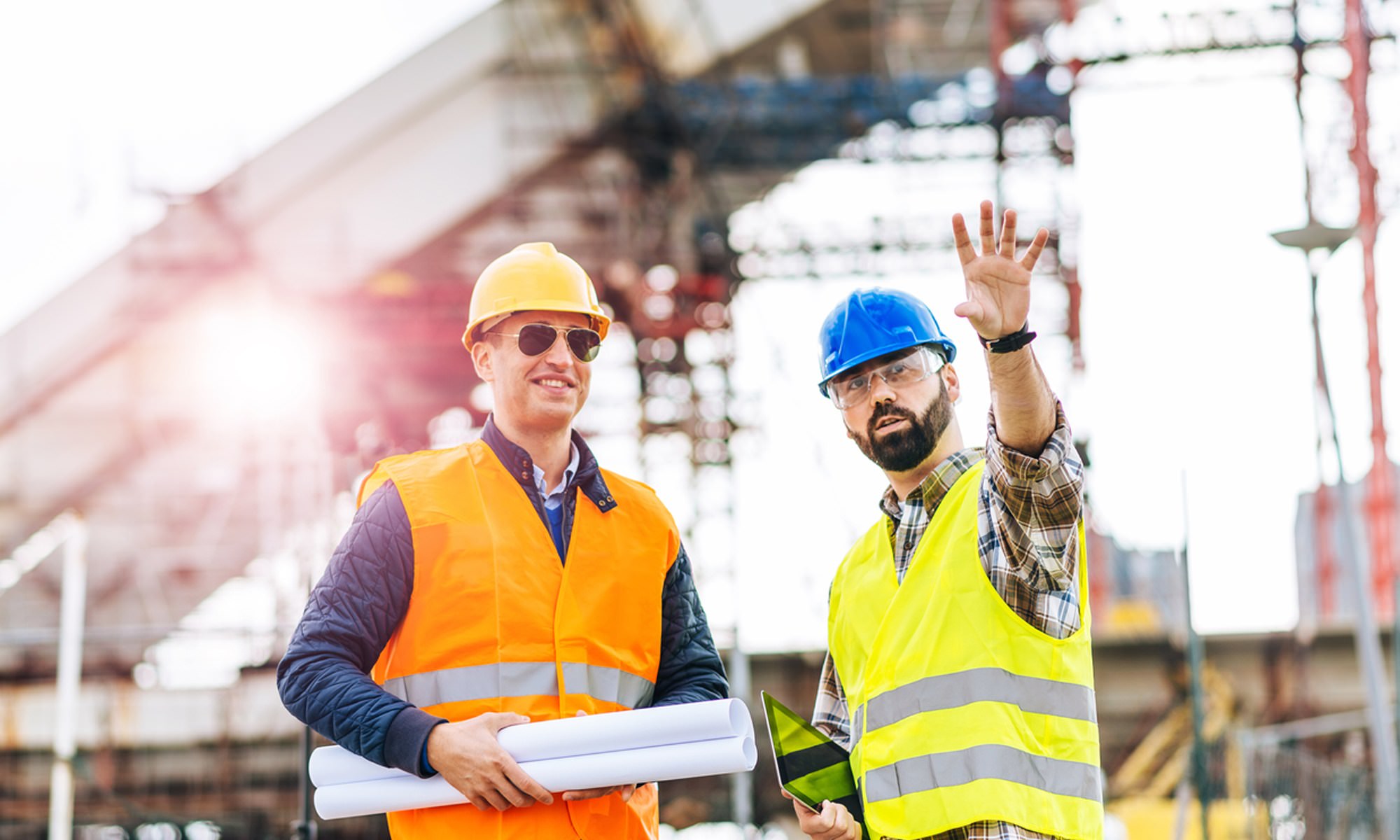
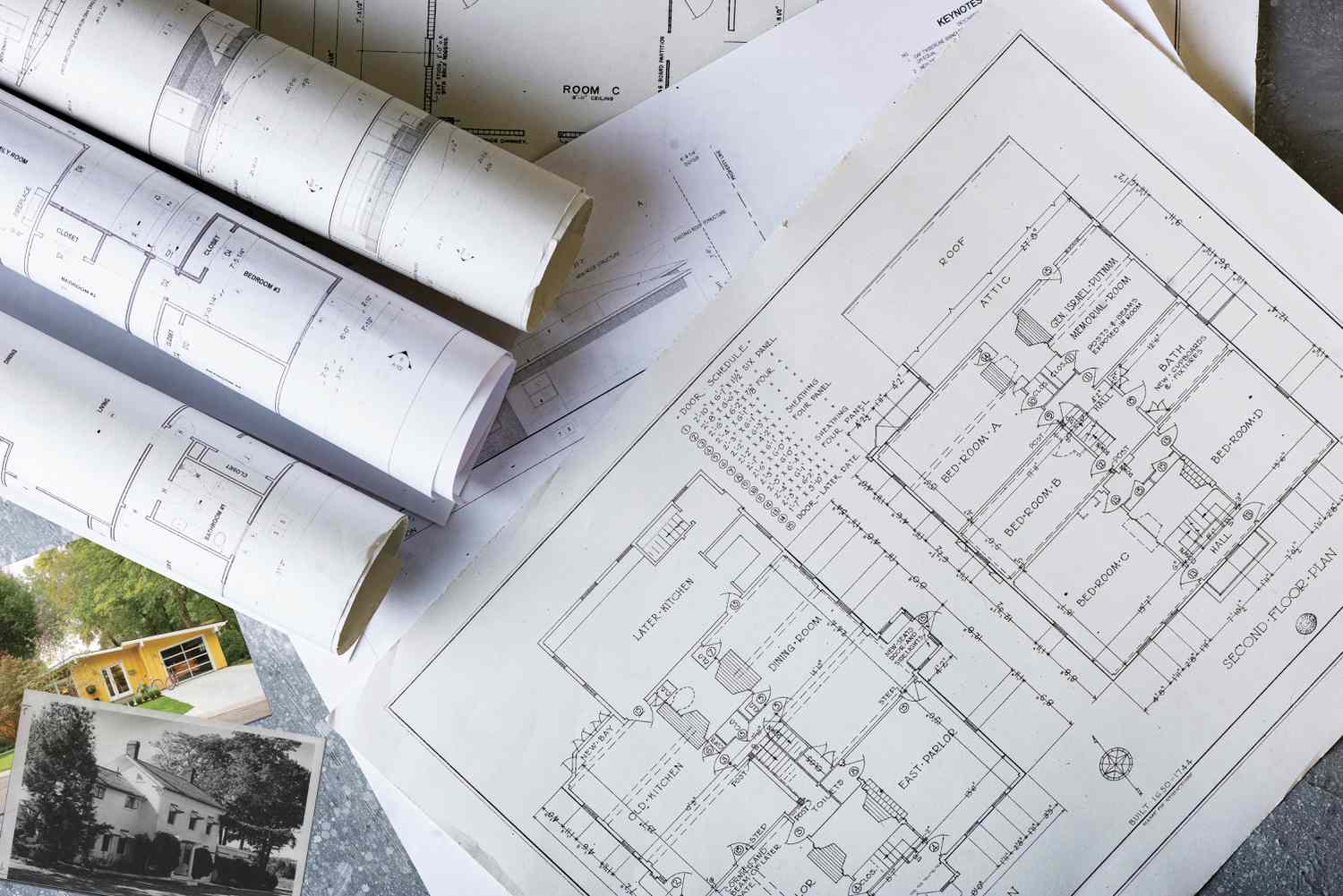
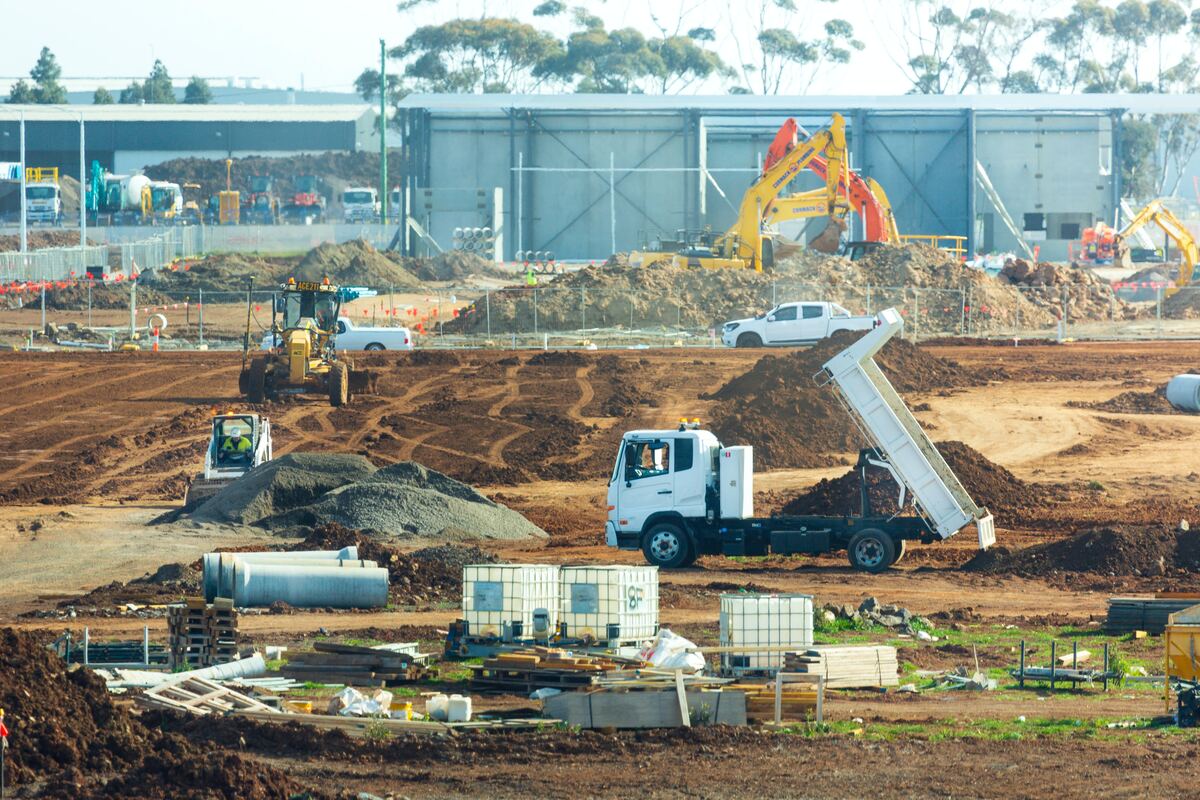
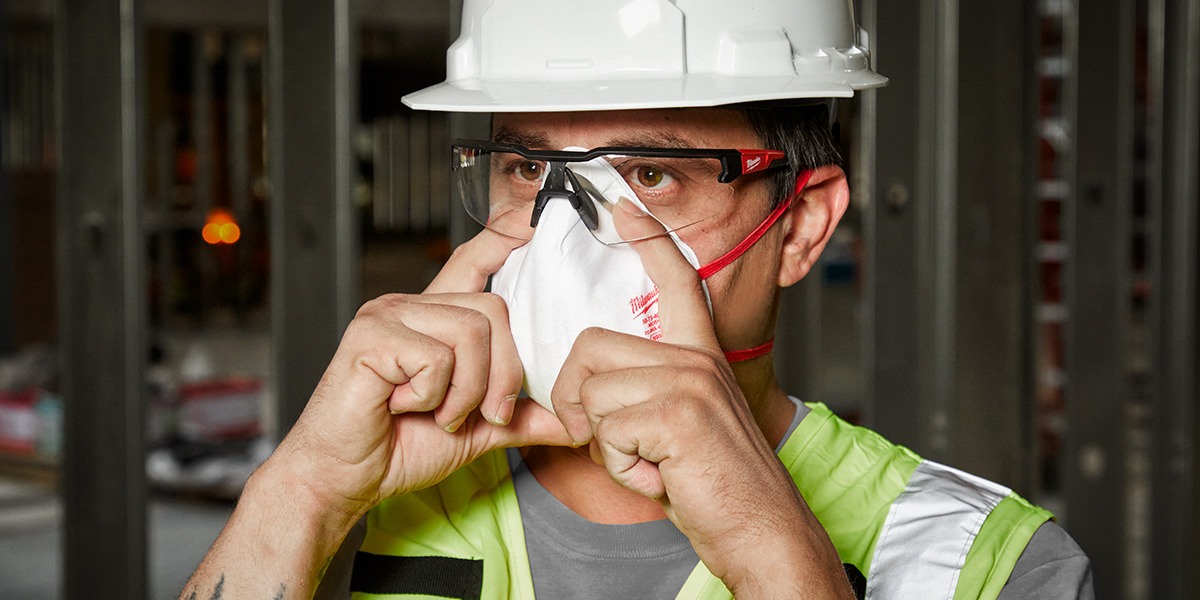

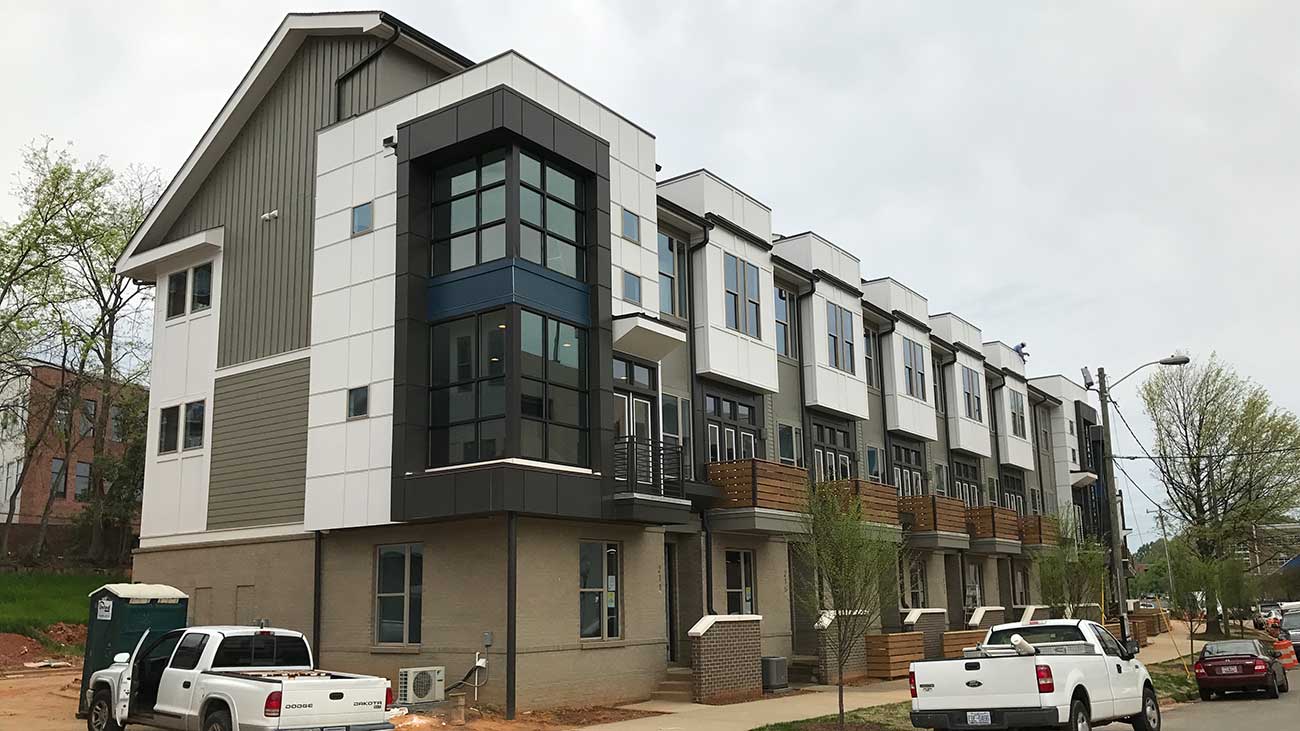
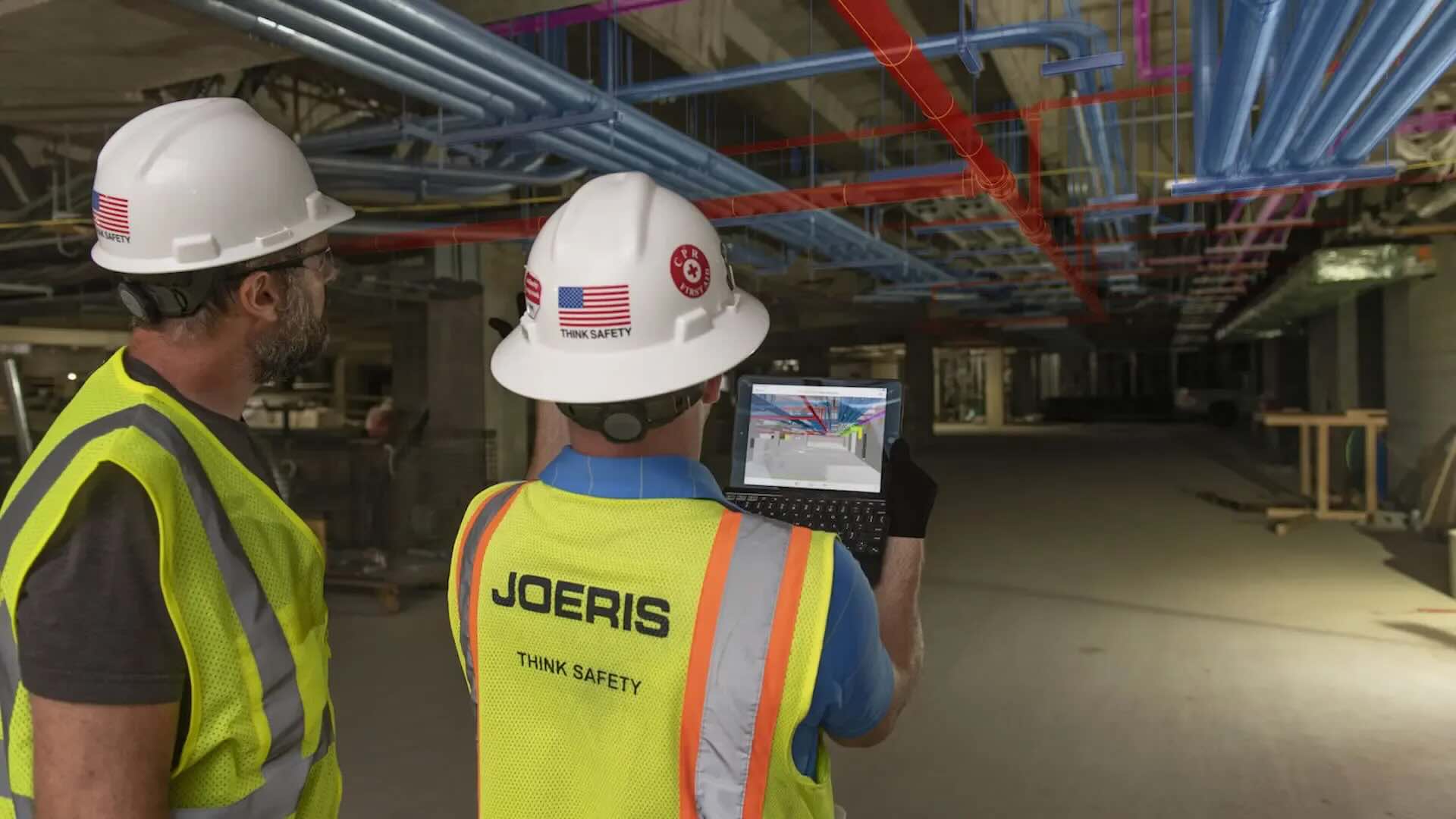




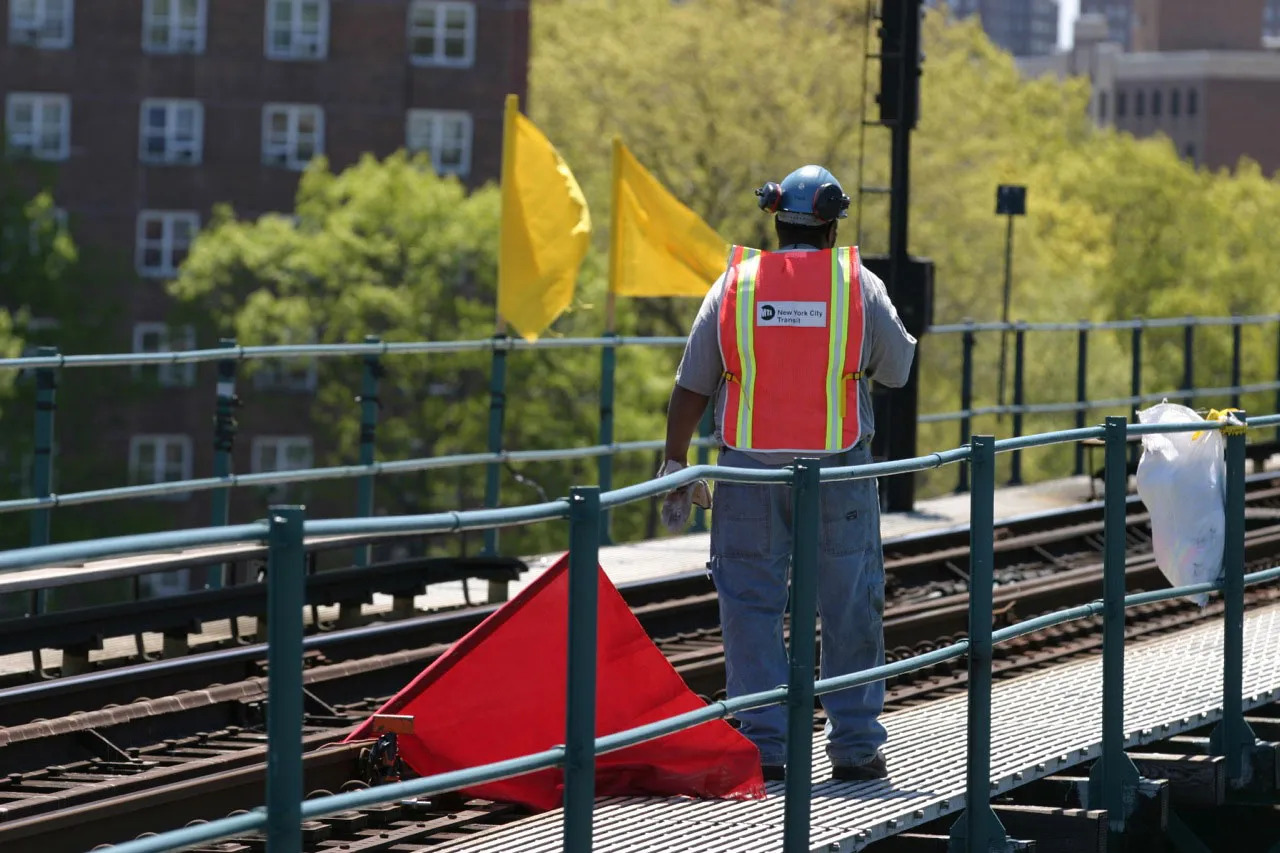

0 thoughts on “What Is A Construction Site”